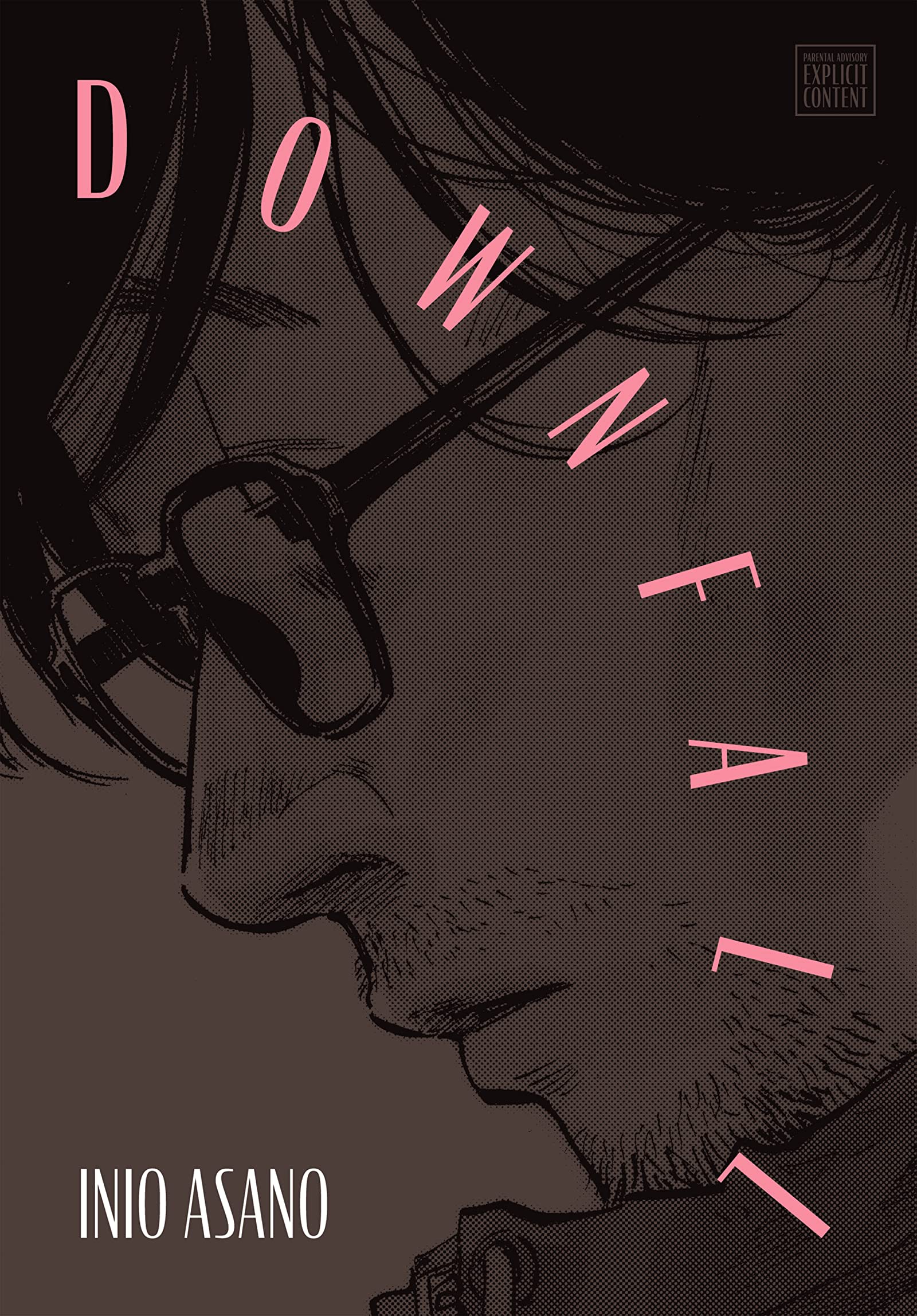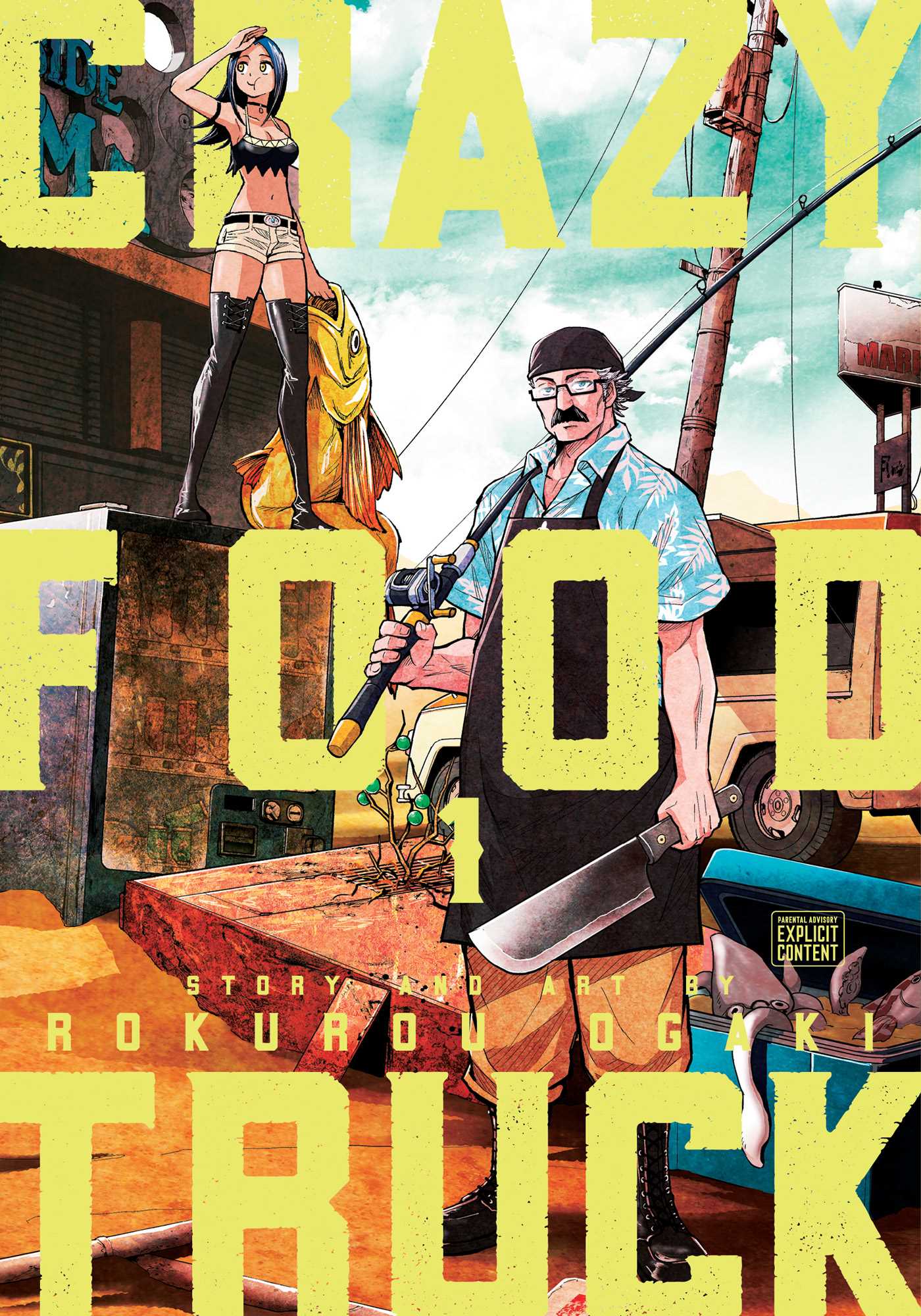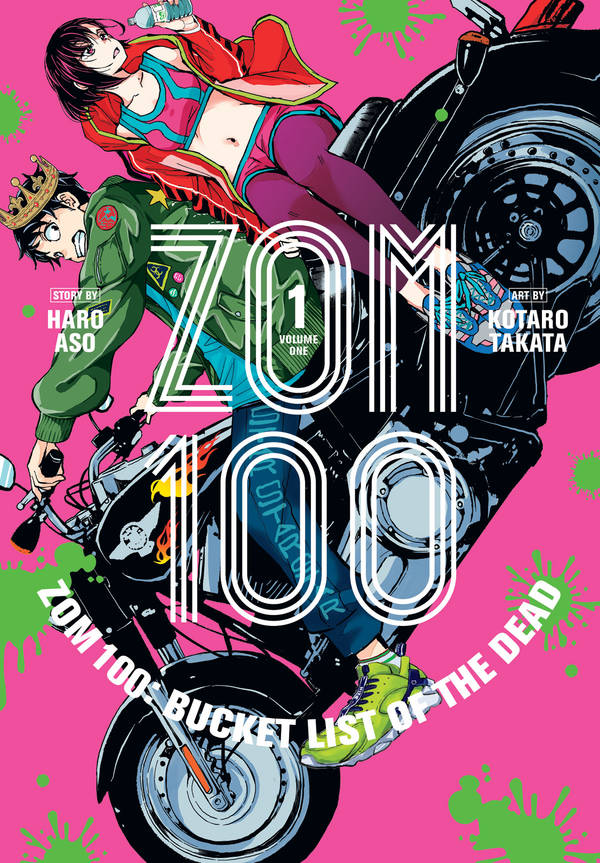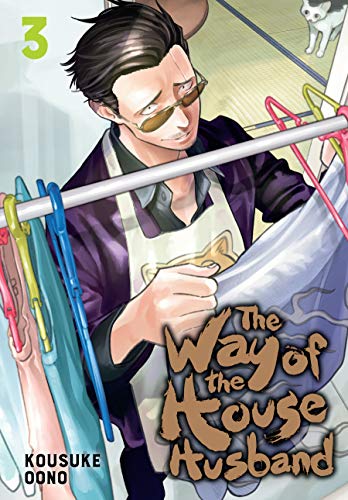Downfall is the story of Karou Fukazawa, a deeply flawed, forty-something manga artist whose career has stalled, marriage has soured, and self-esteem has curdled into a toxic form of self-pity. He lies; he procrastinates; he cheats on his wife; he berates his assistants. Though he eventually finds a path forward, his journey is not one of self-discovery or personal growth, but of resignation, of realizing that the life he’d imagined for himself turned out to be deeply disappointing.
Inio Asano underscores the depth of Fukuzawa’s self-loathing in the way he depicts Downfall‘s female characters. Fukazawa’s wife Nozomi, for example, is a successful manga editor in her own right, but she carries herself like a remorseful child, shoulders slumped, eyes downcast, and lips pursed. Fukuzawa complains that Nozomi devotes too much time to her job, criticizing her for paying more attention to the artists in her portfolio than to him, and excoriating her for not supporting him. His sense of entitlement is so powerful, in fact, that he coerces her into sex during a particularly nasty argument, a scene that’s so visceral, awkward, and claustrophobic that it’s genuinely hard to read, not least because it is such an unflinching portrayal of his narcissism.
Other female characters fare worse than Nozomi. Yunbo and Marimekko, two sex workers whom Fukazawa visits, are drawn in the same grotesque fashion as the pompous, foolish, and hypocritical characters in Dead Dead Demon’s Dedededestruction and Goodnight, Punpun. Fukazawa’s contempt for these women is thrown into sharp relief when contrasted with Chifuyu, an escort who reminds Fukazawa of an old girlfriend. Chifuyu is a gamine figure, with stylishly cropped hair, cat-like eyes, and a lithe body—a symbol of youth, possibility, and sexual desirability, unburdened by years of marital and professional disappointments—whereas Yunbo and Marimekko are awkward and unattractive, less individuals than vessels for Fukuzawa’s rage, and reminders of how much shame he feels over his faltering career.
As damning as all this sounds, Downfall isn’t simple misery porn. Fukuzawa is a rotten person, to be sure, but his ennui is genuine, rooted in the question of what it really means to turn one’s passion into a career. For Fukuzawa, that question is all-consuming, as he wrestles with the difficulty of making art in the context of the commercial publishing industry, where deadlines, reader surveys, and fickle fans exact their tolls. Fukuzawa also struggles with the manga industry’s voracious appetite for new talent, as he watches his book sales plunge while young, inexperienced artists find the kind of readership and acclaim that he himself once enjoyed. Even as I recoiled from Fukazawa’s sourness and misogyny, his professional dilemma resonated with me as a fellow forty-something with a career in the arts. What is the emotional and creative cost of making art on demand? How do you continue telling a story, creating art, or writing music when you are fundamentally disillusioned with the process? If you allow work to consume you in the name of becoming an expert, what remains when you reach those benchmarks of success?
To explore these questions, Asano eschews a conventional narrative form, instead juxtaposing past and present in a rondo-like fashion (ABACA). The “B” and “C” sections take place in the present, unfolding in a linear manner, while the “A” section revisits a specific moment in Fukuzawa’s past: a youthful relationship that ended when Fukuzawa’s girlfriend declared, “As long as you keep drawing manga… you’ll keep on hurting people.” Asano is particularly adept at capturing the way in which the past and present sit side by side in the mind of an agitated person, rendering Fukuzawa’s memories as vividly as the present-day scenes, with consummate attention to small but meaningful details. From the way Fukazawa remembers this relationship—reciting the same observations about his girlfriend over and over again—it’s clear that he views this moment as a turning point in his life, and an explanation for who he has become.
Yet these final pages feel less like a condemnation of Fukuzawa’s selfishness than a plea to understand his behavior: I renounced love for art. For me, at least, that feels like a cop-out, a way for Fukuzawa—and perhaps Asano—to tacitly acknowledge the character’s monstrous behavior while suggesting that it was somehow inevitable, pre-ordained, or natural. Viewed from a feminist perspective, though, it’s awfully hard to muster sympathy for a character who justifies his tantrums, violence, and vicious remarks as necessary to his art, especially when so much of his vitriol is directed at women. Your mileage may vary.
DOWNFALL • STORY AND ART BY INIO ASANO • TRANSLATED BY JOCELYNE ALLEN • EDITED BY PANCHA DIAZ • TOUCH-UP ART AND LETTERING BY JOHANNA ESTEP • VIZ MEDIA • 246 pp. • RATED MATURE (sexual situations, violence)



